Wireless doorbell - can it work without batteries? Battery-free transmitter
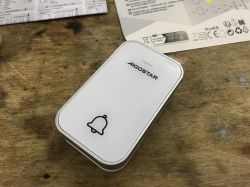 .
.
Wireless solutions are often considered more convenient and handy than wired ones. Installation is easier, there is no need to pull cables, drill, hide them under angles and combine how to do it aesthetically. There is, however, an inconvenience - the need to regularly replace the battery, which usually dies at the least convenient moment. But are we sure? Perhaps we could do things differently? Let's find out!
Today, a product bought in our country for all of PLN 45 comes to the table. Here we have a wireless and battery-free wicket doorbell with IP44 rating, i.e. resistant to small particles and water splashes. The product model is U6A-N6A , and the product itself offers:
- battery-free transmitter
- receiver powered from the mains
- 36 melodies to choose from
- range up to 150 m under ideal conditions
- a volume level of up to 100dB
We did a bit of digging around when buying this product, as you can find all sorts of nonsense in the offers, including silence about batteries in the case of the battery-operated transmitter, as well as talk of batteries in the case of the transmitter.... battery-free:
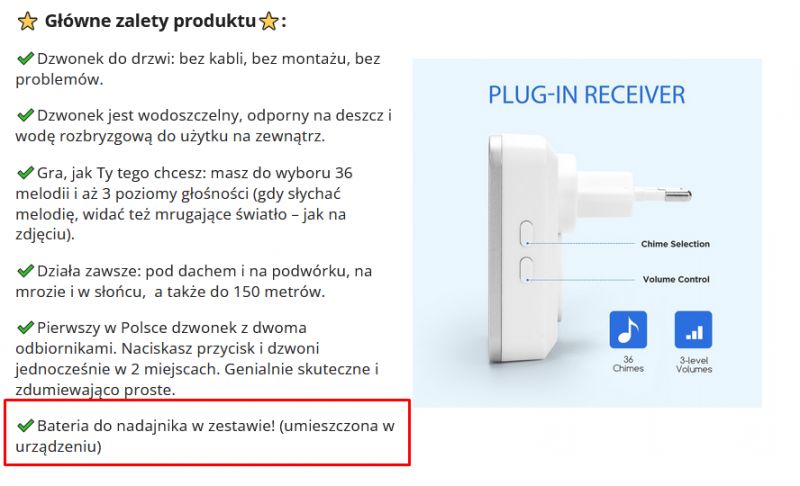 .
.
Well, but that's probably the result of copying without checking the bid description. In any case, it's time to look at what we received in practice:
 .
.
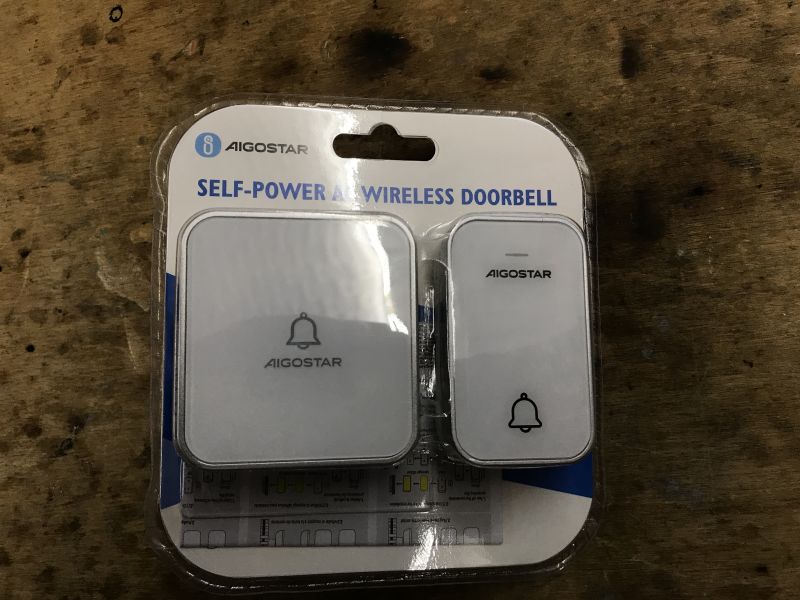 .
.
English-language name: "self-powered AC wireless doorbell".
The contents of the kit itself are nothing to discuss, as the bare minimum is here - and we don't need more:
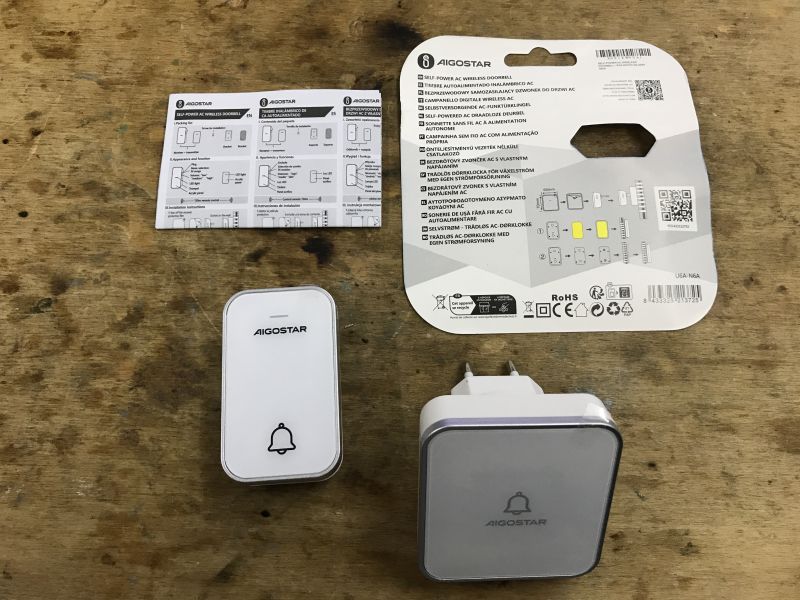 .
.
Instructions in Polish and English (clear pictures):
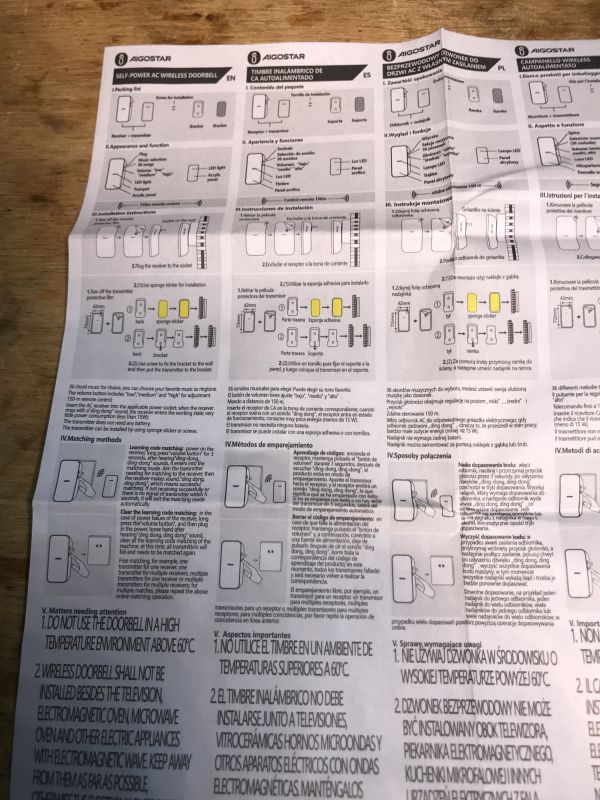 .
.
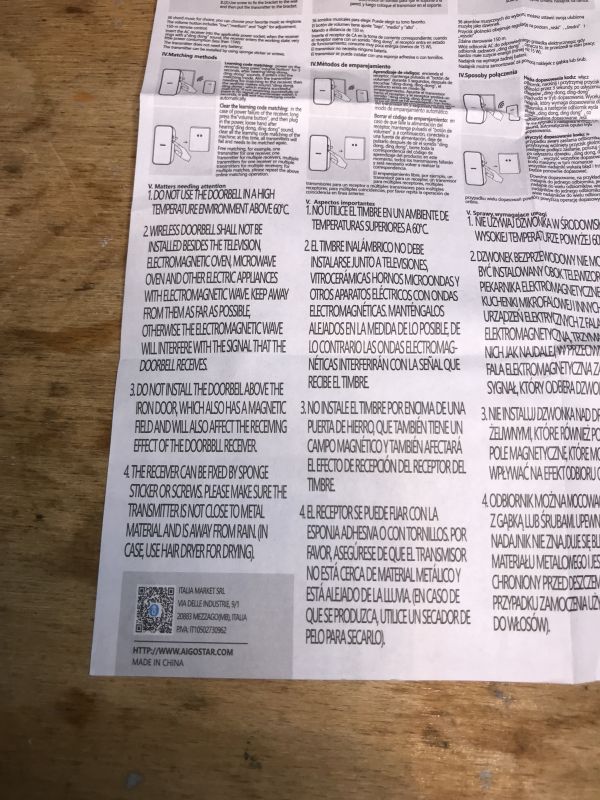 .
.
The workmanship plastic is quite solid, it is not the cheapest plastic of which torches from China, for example, are made.
The whole thing works without pairing:
There are two buttons on the receiver housing - melody selection and voice level:
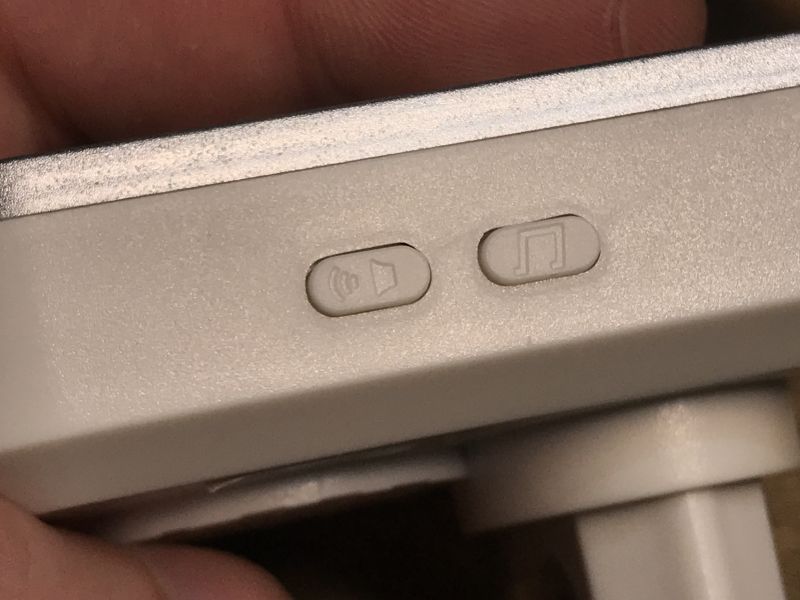 .
.
We are most interested in the transmitter, so we will start with the receiver.
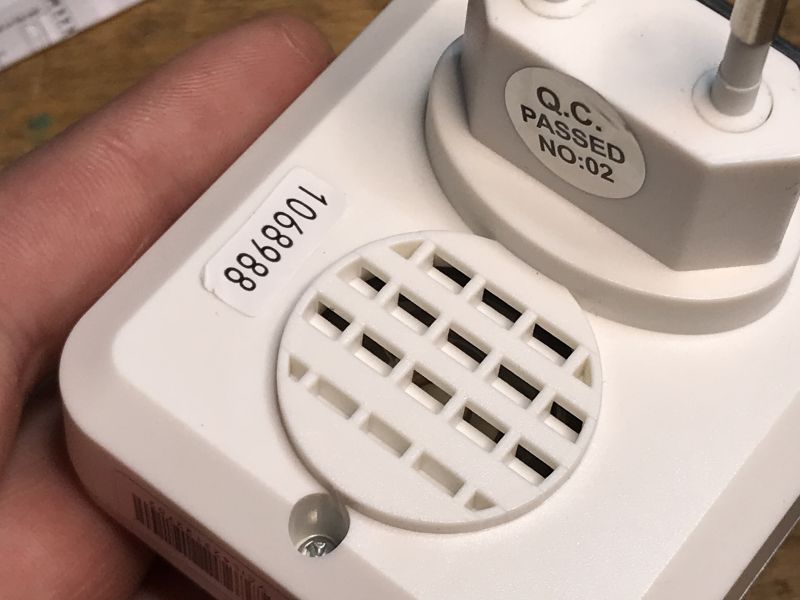 .
.
 .
.
The board is single sided, mixing through-hole and surface mount.
 .
.
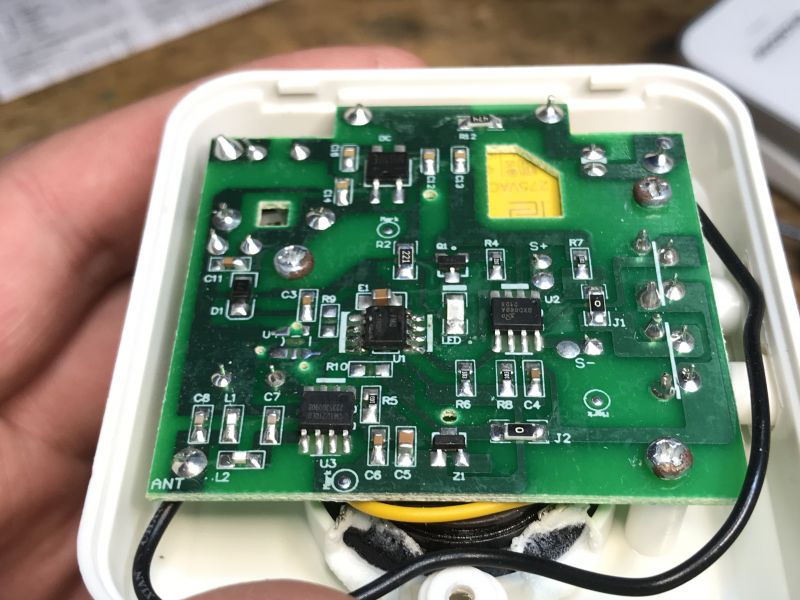 .
.
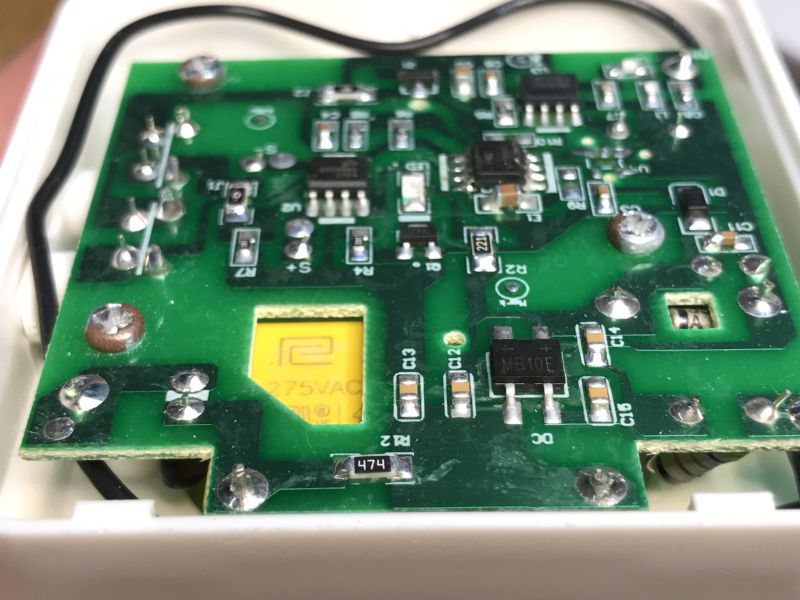 .
.
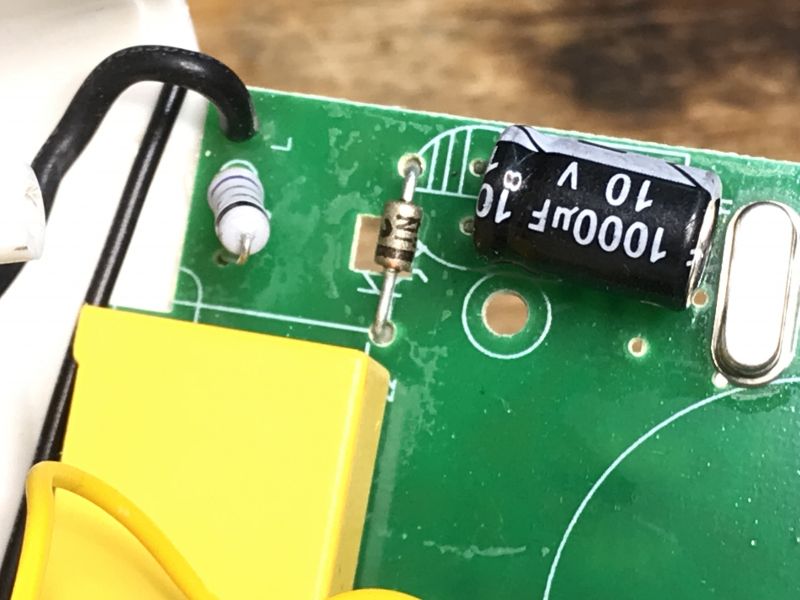 .
.
 .
.
 .
.
There is no step-down converter for mains power, the power supply is realised by a transformerless power supply on a capacitor. The input is also protected by a fuse. A little further on you can see the MB10E rectifier bridge. From its 'plus leg' there is a connection to a 1000uF electrolytic capacitor and a Zener diode, presumably this is the power supply stabilisation and filtering circuit.
Further down the line things get a bit more complicated:
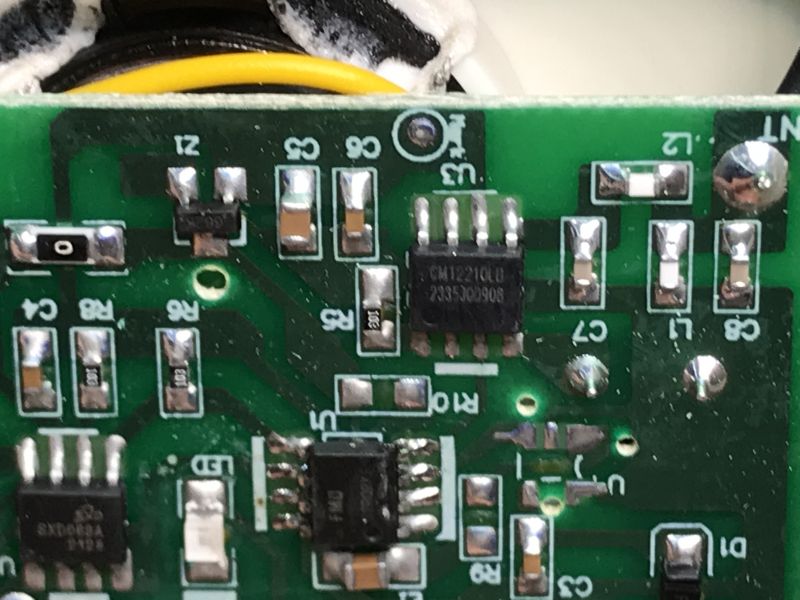 .
.
 .
.
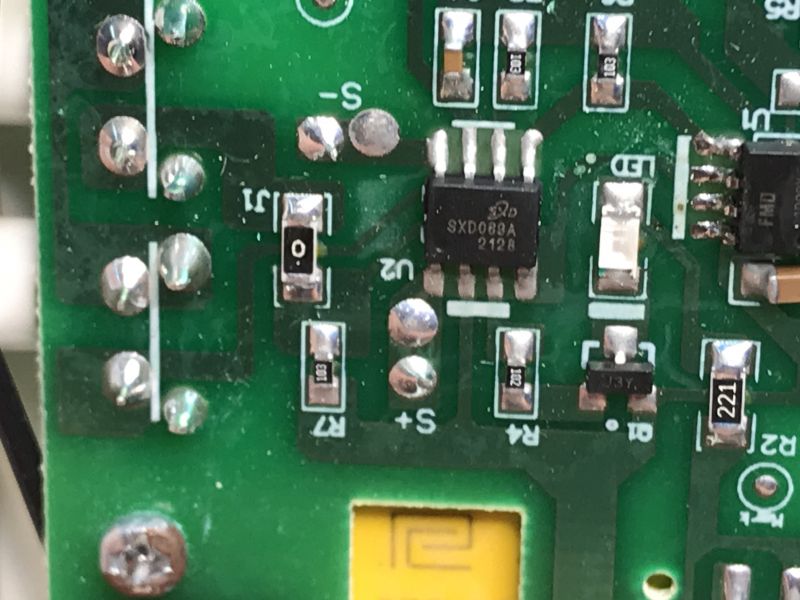 .
.
The CMT2210LB is an RF receiver, you know. He also has a 27MHz quartz resonator in his circuit.
 .
.
 .
.
That leaves two chips. SXD089A - I couldn't find any information about it online, but it seems to be connected to the speaker via the S+ and S- pads, so maybe it's an amplifier?
The other is an FMD 82RQRKE or similar. The output of the RF receiver is connected to it:
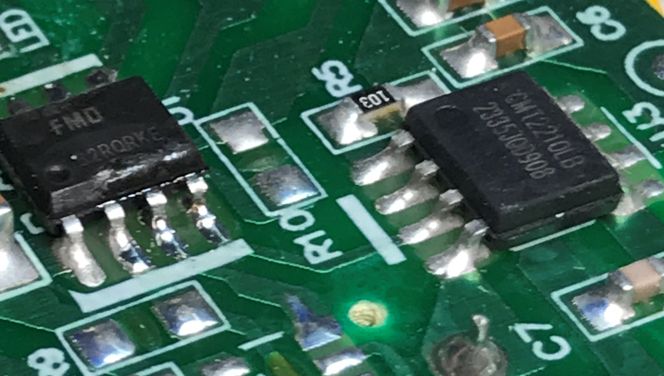 .
.
So it's probably the MCU. The buttons are probably operated by him too. He's probably the one playing the melody, which is then amplified.
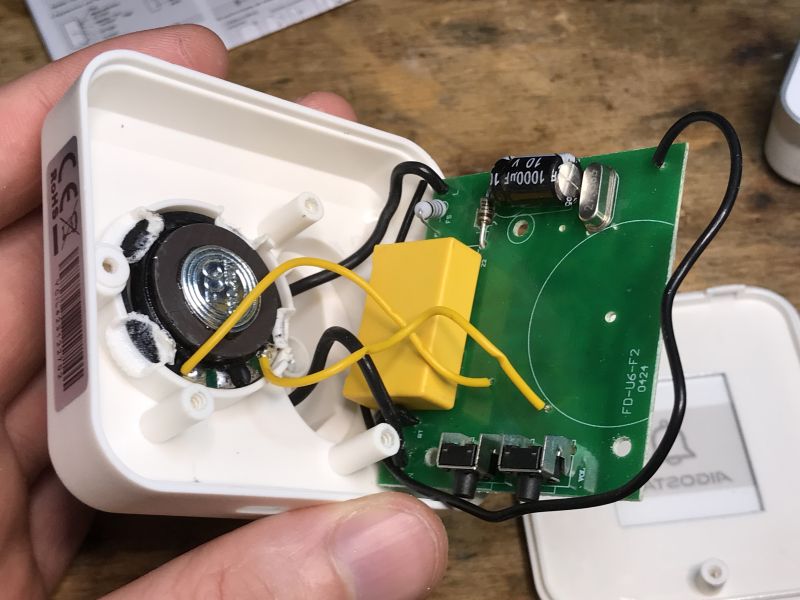 .
.
Now for the most interesting part, which is the transmitter:
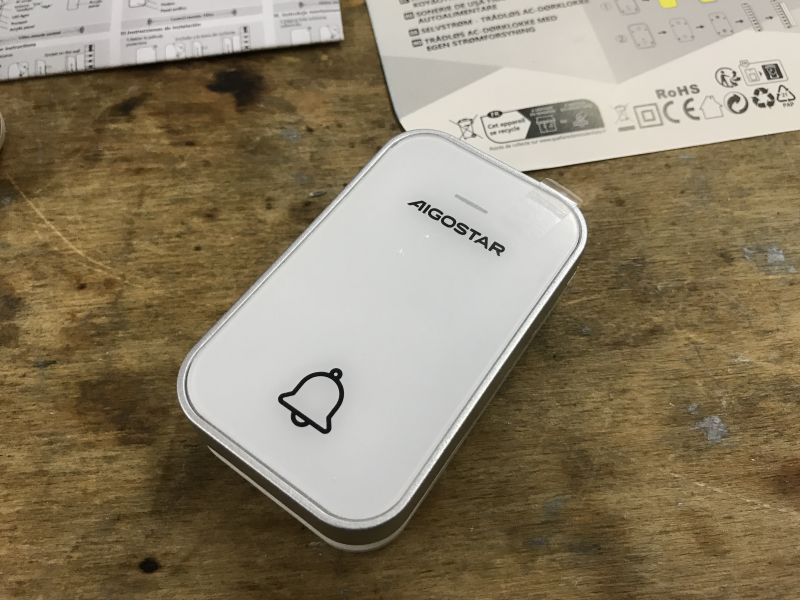 .
.
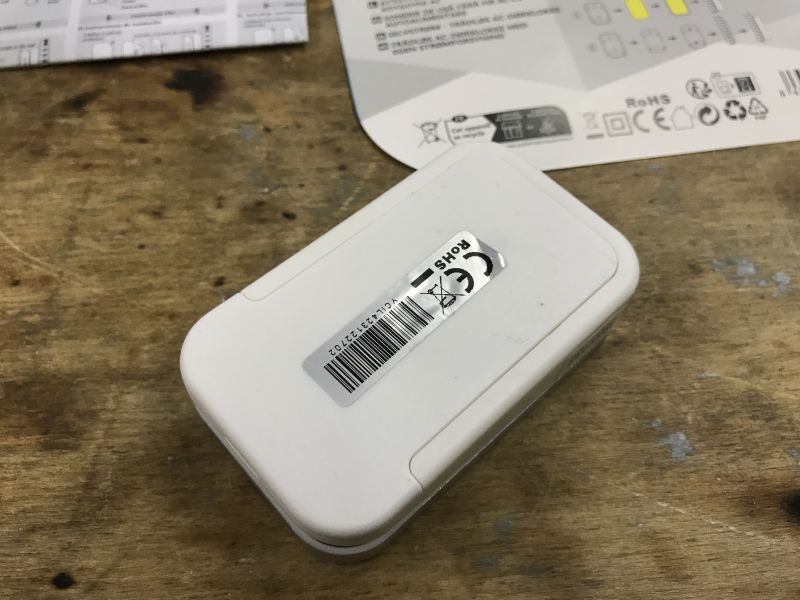 .
.
The first thing that catches the eye is the antenna:
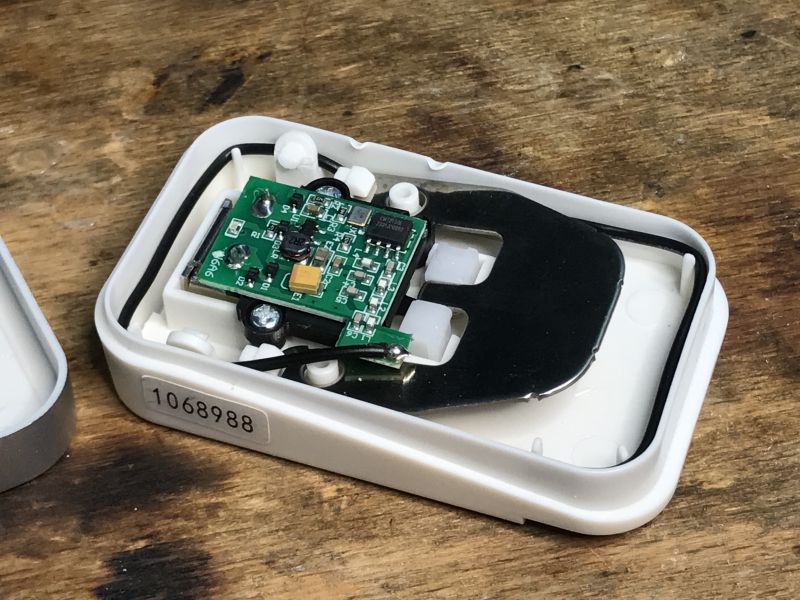 .
.
Here we also have an RF transmitter along with a resonator and a circuit that looks like an inverter. The power, however, actually comes from a generator that converts the force of pressing the button into current:
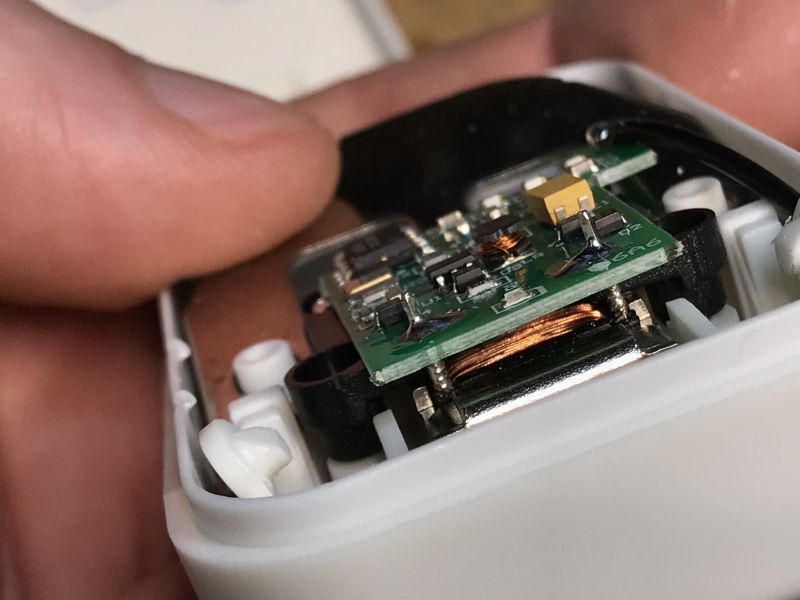 .
.
You can even see the coil from this generator, while I did not dismantle it more, I did not want to damage the product.
 .
.
Indeed, it takes a bit of force to push it in, this is no ordinary microswitch:
It remains to specify the name of the RF transmitter chip - CMT2150L.
 .
.
It is interesting that this chip supports up to 6 buttons, but only one is used here:
 .
.
The question of mounting remains - I didn't take a picture, but the instructions show that the transmitter has a separate frame which can be fixed with double-sided tape or screws. I refer you to the instructions for details.
In summary , the transmitter does indeed work battery-free and the whole thing performs well for a £45 purchase with same day shipping. From China it might even have been cheaper. The choice of tunes is wide and the voice level control is also useful. By the way, I also tried to play around with the range, but within my small flat I didn't manage to 'lose' it even though there were two rooms between the transmitter and receiver.
One might even say that I'm a little surprised that there are so many solutions available similar to this one, but battery-powered, when battery-free can do the job too....
And what is your opinion - have you used this type of battery-free mechanism, and if so, where?



Comments
It's a pity you didn't describe exactly the most interesting thing - i.e. how this current is generated. A bit of current is needed, however - apart from the transmitter itself, there is also the LED. [Read more]
Probably described, just a bit mysteriously . I'm betting on a microswitch but it could also work with a piezo effect. [Read more]
https://electgo.com/product/se-zbrt2, at work we have a machine remote control based on something like this. It works, but sometimes you have to push it a few times to get it to work. I would gladly replace... [Read more]
. After all he has shown, you can see the coil. Energy requirement to send a "ringing" packet less than when lighting a cigarette lighter. [Read more]
Similar bells are made by Zamel, for example. I have had it for several years and it works great. And most importantly, I don't have to worry about the battery in the transmitter at the gate. [Read more]
. I have yet to see a coil generate a current by itself. For that you need an alternating magnetic field. I was just wondering how this is done. It's more likely that putting the magnet in and out of... [Read more]
I have something like this https://www.leroymerlin.pl/produkty/przycisk-bezprzewodowy-bezbateryjny-czarny-lexman-82319832.html The movement of the lever is greater than that of a classic button. [Read more]
. All the more so if you can see the coil the rest you can add/draw for yourself, as befits homo sapiens. [Read more]
I have this type of bell, maybe a different model and company but I wouldn't want any other for a long time and I can safely recommend this type of bell. Previously I had various battery-powered bells... [Read more]
Mine remembers the settings. [Read more]
That is, a return to the Soviet dynamo torch as the ,,clou of the programme". The rest is a cliché, but fact, not a stupid device. https://obrazki.elektroda.pl/8099333000_1740898965_thumb.jpg ... [Read more]
. Interesting point, perhaps this type of bell has a more advanced protocol optimised for energy, i.e. it sends short but strong signals with equalization and checksum. [Read more]
I watched a video on You, the guy connected the LED to a ceramic plate and by tapping it with his finger it lit up quite beautifully. [Read more]
. Piezo effect. [Read more]
Man of reason - draw the rest :) . [Read more]
@krzbor Too smart I'm not, but I digress - the worm when pressed turns the rotor of the alternator, like in communist children's farts. https://obrazki.elektroda.pl/3104192800_1741036662_thumb.j... [Read more]
. Or perhaps when pressing, a spring is tightened, which at some point is released and an oscillating movement of the magnet in the coil is created? Or perhaps even more simply as EnOcean does: https://obrazki.elektroda.pl/3344697300_1741042915_thumb.jpg... [Read more]
The pictures show the coil and the PCB shows the two legs from it, connected to the rectifier bridge: https://obrazki.elektroda.pl/1931185600_1741042643_thumb.jpg . https://obrazki.elektroda.pl/5845936900_1741042718_thumb.jpg... [Read more]